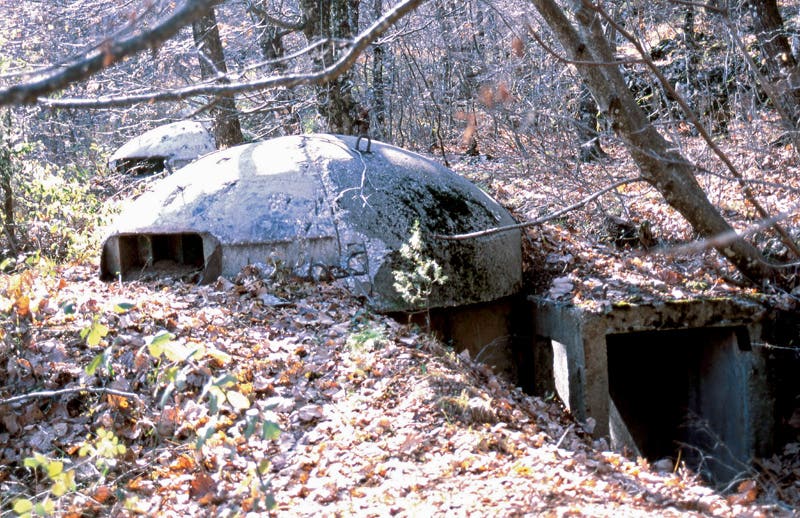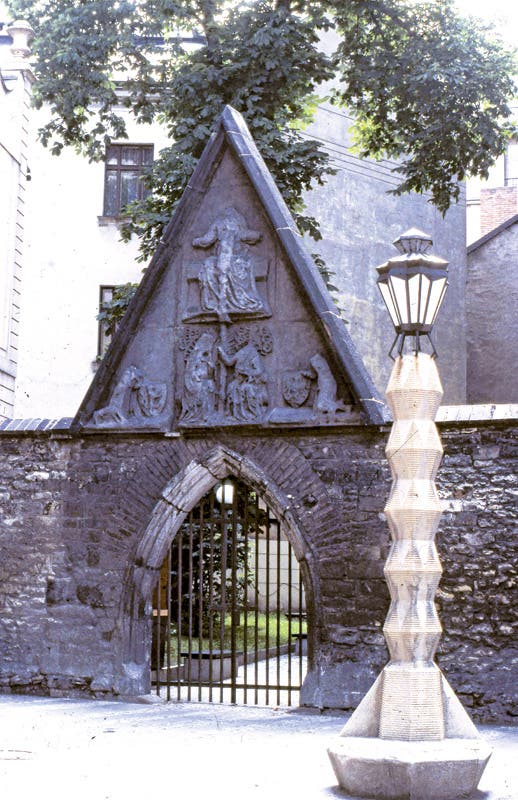
Blogs & Editorials
Changing Political Climates and Architecture


Should I visit Cold-War Cuba?
This year the U.S. cracked opened its diplomatic door to Cuba where recently only a trickle of Americans have been allowed to visit and only when armed with special visas, such as for architectural education. The thaw leads me to wonder if I too should dust off my passport and hop over to Havana – not to be the vanguard of a tourist tidal wave, but among the last to see Cold War-era Cuba before McDonalds, Starbucks and other blessings of capitalist culture change it forever.
I’ve been through such a looking glass before and it can be by turns exciting and depressing. My first foray was in 1988 to the former Czechoslovakia and behind the Iron Curtain – just starting to unravel but still far from down. From Vienna, I darted across the border to Prague in search of exquisite bohemian buildings and beer in one of the legendary, intact historic capitals of Europe. What I found was centuries-old, fairyland architecture holding a bright promise, but people and places looking dingy and worn-out from decades of dreary communism.
Indeed, my state-mandated hotel was the epitome of seedy, the lobby graced by a sticky, center-worn carpet, long overdue for replacement, and a chronic breakdown in the supply of toilet paper. Blocks of buildings all around had escaped the destruction of two world wars only to be scarred by decades of sooty grime from coal-burning winters and lack of maintenance. As if in a movie, service people in restaurants and hotels shot furtive glances my way from behind doors and whispered secretive deals as they glided by.
Money too was physically and financially threadbare. My visa required me to exchange and spend some $17 in greenbacks per day, but in communist Czechoslovakia that was hard to do. Western consumer staples, like Jordache jeans and simple add-subtract-multiply calculators, were hard-to-find luxuries at about $125 apiece. However, street vendors sold pastries piled high with rich, black sturgeon caviar from the nearby Caspian and Black Seas for pennies a pop. So much for your managed economy.
Driving around a sprawling Baroque, Gothic and Renaissance-revival capital in evidently the only new car in town (sometimes simply the only car) was surreal – fitting perhaps for the city that gave the world Franz Kafka. Even at midday, I had parts of downtown to myself, which led me to some jaw-dropping architectural discoveries. In one neighborhood, for example, I stumbled upon an unbelievable collection of abstract looking-building facades and street furniture. Little recognized even today, much less in the Soviet era, this is Czech cubist architecture from the 1910s and Prague is its only known outpost.
Timing is everything, and after Germany re-united in 1990 it took me over a decade before I could tour the former East Germany in hopes of seeing some icons of early modern architecture still in their Cold-War coma. Turns out I was both late, and early. The Germans, in their technological wisdom, had put a priority not on buildings, but first upgrading the East’s rail, power and communication lines. When I finally found many early modern monuments, like Mendelsohn’s Einstein Tower observatory in Potsdam, they were not in the unrestored condition as I had hoped, and yet not “done” either, often buried under scaffolds that made them impossible to photograph, much less tour. Oh well, next time.
In downtown Dresden, the central Neumarkt Square was abuzz with stone carvers, masons and cranes totally rebuilding from photos the Frauenkirche, an 18th-century church reduced to rubble in World War II. In sharp contrast, nearby were fading examples of dour 1960s Soviet precast architecture looking every bit like abandoned discount department stores of my suburban New York youth.
Nonetheless, the infrastructure foresight of the East Germans became clear on a trip to Albania in 2007. So too the lingering Soviet stamp. There, the capital Tirana was getting back on its feet as outside investment poured into hotels and shops, while small, charming fishing villages along the Adriatic were being rapidly recast into 20th-century resorts. But electrical power, still fed by a Soviet-era grid, couldn’t keep up. Around 4 pm, the current would collapse like clockwork, leaving all in the dark until private generators lining the sidewalks kicked to life.
What Albania lacked in watts though it made up for with Cold-War mementos. Everywhere the landscape was dotted with concrete tubes, buried in the ground and capped with a slitted dome. Looking like some sort of storm drain, these were, in fact, one-man forts designed to shelter a single soldier and rifle and repulse an attack. By the 2000s, an occasional few were being cheekily repurposed as garden hardscapes or barbecues.
For a baby-boom American, there’s something enriching, unnerving and humbling about standing on soil with architecture from the ancient Roman conquests to post World War II – sometimes side-by-side. So, should I go see Cold-War Cuba before it’s gone? I have no idea what to expect, but that’s the beauty of such an experience, and I’m sure going to try.
Gordon H. Bock is an architectural historian, instructor with the National Preservation Institute, and speaker through www.gordonbock.com.









